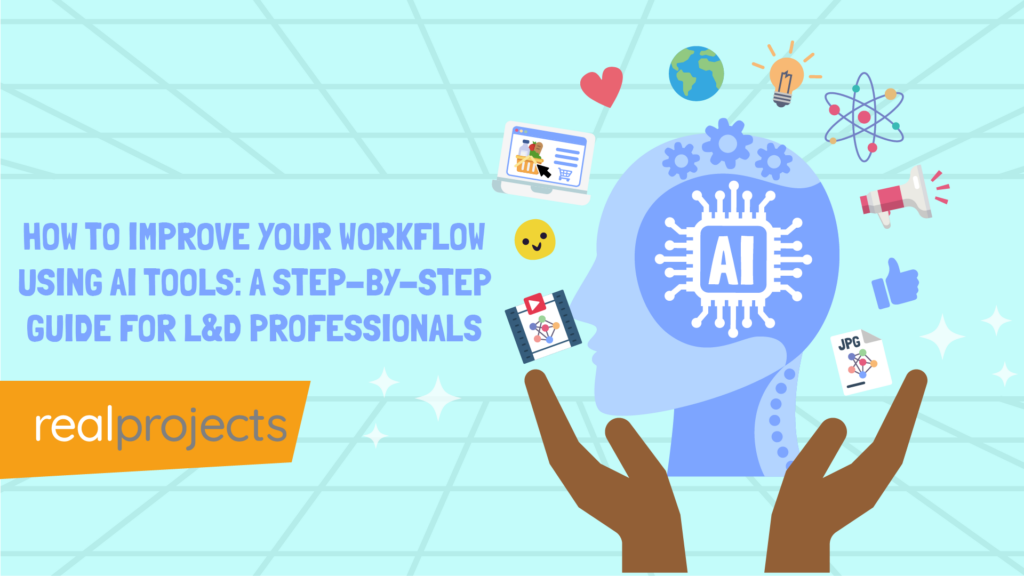Change doesn’t fail because people don’t understand the plan. It fails because people don’t feel part of it.
Organisational change fails 70% of the time, not because of poor strategy, but because of unaddressed human responses.
Resistance often signals fear, not opposition. Most transformation efforts falter in the middle, exactly when energy dips and uncertainty rises.
Studies show that emotional engagement is the gateway to sustained behavioural change.
And it takes an average of 18 to 24 months for changes to fully embed, confirming that patience, presence, and trust-building from L&D are critical during this “hallway” phase.
Research consistently highlights the human dynamics behind transformation success:
- 70% of change efforts fail, primarily due to employee resistance and lack of support from management
Source: McKinsey & Company
- 18–24 months is the average time it takes to embed significant organisational change
Source: Prosci Change Management Benchmarking Report
- Only 43% of employees report that their organisation’s change initiatives succeed most or all of the time
Source: Gartner (2020)
- Emotional commitment to change is 4 times more influential than rational understanding in predicting sustained change
Source: McKinsey & Company
- Employees who feel heard are 4.6 times more likely to feel empowered to do their best work
Source: Salesforce, “State of the Connected Workplace”
- L&D involvement in change correlates with a 33% higher success rate in transformation initiatives
Source: CIPD Learning and Development Survey
For L&D leaders, these numbers are more than benchmarks. What if data wasn’t just a benchmark, but the key to becoming the most informed, impactful function in the business?
The research data supports a call to action, because when resistance shows up, the response must go beyond logic. L&D leaders must engage with emotion, uncertainty, and the conversations that happen in the middle.
Reframing Resistance
Organisational change doesn’t just disrupt systems. It touches identity, confidence, and control. Employees may hesitate not because they’re disengaged, but because they’re unsure if they can adapt, or afraid they’ll lose something valuable in the process.
Don’t forget that this isn’t just something that affects the L&D function, you need to understand the impact on the business. Speak to your colleagues across the business, if you work in global teams, remote teams or distributed environments this can be challenging, but something you need to consider.
The value you get from understanding what is happening in the business is too important to overlook. If you have the opportunity to visit in person, this is invaluable. It might be that you have to use remote tools or have members of your team visit company sites.
Importantly this isn’t a one and done. The visits and understanding needs to continue.
A team member who avoids engaging with a new system may be experiencing quiet anxiety, not defiance. They might call themselves “old school,” but what they’re really expressing is: “I’m worried I won’t be able to do this.”
Understanding this emotional layer is the first step in turning resistance into progress. L&D leaders who take time to explore what’s underneath the hesitation are more likely to unlock insight, not just compliance.
The Middle is Where Change Gets Real
Change is rarely a straight path. The midpoint, when the buzz of launch fades but new habits haven’t yet taken hold, is often the hardest. It’s also where the most meaningful work happens.
Employees start raising real concerns. Not about the idea of change, but about how it plays out.
Is this the right time?
Does anyone understand how this affects my day-to-day?
What happens if I get this wrong?
When L&D teams treat these questions as distractions, they miss the moment. When they treat them as insight, they begin to build trust.
Using neutral, reflective language helps unlock that trust:
- “You seem concerned about how this might affect your role.”
- “It sounds like something about this approach isn’t sitting right. Can you tell me more?”
These are not techniques to overcome resistance. They’re invitations to explore what really matters. Getting feedback from employees is key to delivering real change.
Spending time to visit, time and listening to work colleagues can’t be overstated. This is where you get the value and the opportunity to deliver the change within the business.
Change Takes Time and It’s Rarely Linear
Sustainable change doesn’t land in a few months. It takes 18 to 24 months to embed fully, sometimes longer. Yet many organisations lose confidence just as the process begins to deepen.
There are change projects where you’ll get ‘quick wins’, but organisational change projects do take time.
During this phase, resistance is expected. It’s not a sign of failure. In fact, a complete lack of resistance can be a warning sign in itself, indicating that objections have simply gone underground. Again, it’s important to be an active listener. Have a team that understands it is ok to update and amend your strategy, you need to have a flexible approach to what you are trying to deliver.
The goal is not to eliminate resistance, but to surface it early, engage with it honestly, and use it to strengthen what’s being built.
L&D leaders can make a measurable impact during this period by equipping managers to navigate ambiguity, rather than pushing for quick resolution.
The Role of L&D in the Hallway
Change is often described as a journey, but it may be more accurate to call it a hallway. A space between two doors, with no clear line of sight to the other side.
L&D leaders are uniquely placed to support people in that space. Not by rushing them through it, but by walking with them. By helping managers recognise disguised resistance, whether it looks like silence, compliance, or endless detail. And by encouraging transparency over perfection.
Sometimes, the most powerful message a team can hear is:
“This is the roughest version of the change you’ll see. It will get better, and we’ll get better at it together.”
Takeaways for L&D Leaders
- Resistance often masks fear, not defiance. Treat it as information, not opposition.
- Emotional responses come before logical ones. Meet them with empathy.
- Use reflective questions to surface what’s really going on beneath the hesitation.
- The middle of the change journey is where alignment, trust, and progress take root.
- Change projects are also an option for leadership development – think about how you can support new leaders.
- Real change takes time. Stay present. Stay patient. Keep the conversation going.
If resistance is showing up, it means people are still engaged. And that’s exactly where lasting change begins.
How can a leader overcome resistance to change?
By listening first. Resistance often comes from fear, not defiance. Leaders should ask open questions, show empathy, and avoid rushing. Understanding what’s behind the hesitation builds trust and moves people forward.
Which strategies can be used to deal with resistance to change?
Use reflective language like “Tell me more” or “What worries you about this?” Make space for honest conversations. Support managers to recognise disguised resistance like silence or compliance.
How do you overcome people who are resistant to change?
Don’t fight resistance, explore it. Ask questions to surface concerns, not to argue. People resist when they feel uncertain or left out. Let them feel heard and involved in shaping what’s next.
What is a method for overcoming resistance to organisation change?
Focus on the middle of the change process. This is where trust is built. Equip teams with tools to reflect, ask, and adapt. Real change takes time, resistance is often a sign people still care.



